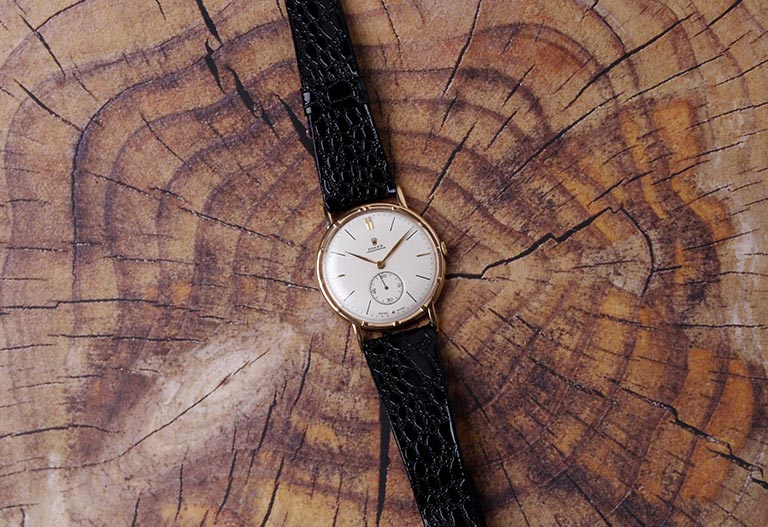
The History of the wristwatch
The beginning: From the pocket watch to the wristwatch
Nothing has shaped our present understanding of time as much as the invention of the wristwatch. In everyday life, people wear it out of normality. In reality, wristwatches are two centuries old and have made a lot of development since its introduction.
The need to measure time has existed for several millennia: 5,000 years ago, the ancient Egyptians invented the sundial. Its circular design and time periods have helped shape the appearance of modern watches. Reading the time was dependant on sunlight and therefore only possible during the day. The first watch that was not dependant on sunlight was the water clock. It was followed by the hourglass and the the wheel clock in the 14th century. The latter already contained the first basic elements that can currently be found in mechanical watches, but was very inaccurate. It was equipped with a so called “Unrast” – a less accurate predecessor of the balance wheel.

Watches were back then relatively large and where therefore often kept on a chain in the back pocket. Chain watches, however, were far from their arrival to the general population. Watches were adorned and expensive luxury items. Since the 13th century, large clocks were visible to the ordinary population in church towers and marketplaces, providing acoustic information on the full hour or the beginning of a fair. Clocks were initially made by locksmiths, but the watchmaking profession was beginning to evolve due to an increasing need.
In the 15th century, balance and, above all, the spiral spring were created, which made the construction of precise watches possible. The coil spring replaced the long pendulum that was used in the past and thus created the foundations for a miniaturisation of the watches. In 1673 Christiaan Huygens created a watch with spiral spring and balance, which was already relatively small and portable.
The way was paved for the development of smaller watches: Only a few decades later in 1812, Abraham-Louis Breguet made the first known wristwatch for Queen Caroline Murat, Napoleon’s sister. It was attached to the wrist with a strap. By then, men carried their timepieces on a chain attached to their back pocket. Women wore it around their necks, a trend that lasted for almost a century. The wristwatch slowly found its way into social life, and at the end of the 19th century, it had a firm place in women’s wardrobes. Such watches were attached to ribbons or chains, giving them a feminine touch and making them look like jewels.